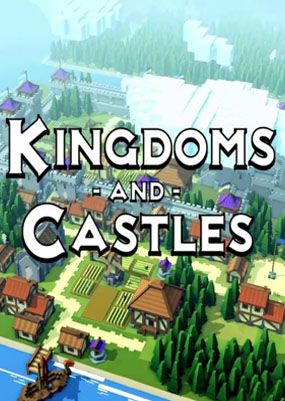

Many of the clan then chose to emigrate to Europe and America, bringing with them valuable skills. The MacCarthys eventually forfeited their titles to Munster for their part in the Jacobite Wars. He wrote an impressive history of Ireland, which was published some 200 years after his death. Florence was brought up on false charges of treason for consorting with the Spanish and was thrown into the Tower of London for the better part of the next 37 years. Today the prophecy holds true as the shell of the unfinished castle remains.įlorence (Fineen) MacCarthy Reagh, Lord of Carbery in Munster and ally of Queen Elizabeth, drew the Queen’s disfavor by marrying his cousin Lady Ellen, uniting two branches of the Clan MacCarthy and thereby becoming a threat to the Queen’s control of Munster. A prophecy foretold that the castle was cursed and would never be finished. Supposedly MacDonagh drove his laborers so hard that many of them worked themselves to death and their blood got mixed in with the castle’s mortar. When Dermot’s “fair words and soft speech” were repeated to the Queen she said, “Odds bodkins, more Blarney talk.”Ī second legendary castle of the MacCarthys is Castle Kanturk in County Cork, built by MacDonagh MacCarthy in the early 160Os.

Dermot’s excuses were so eloquent and plausible that the official demanding the castle became a joke at court. Dermot McCarthy, then ruler of the castle, was ordered to surrender his fortress as proof of his allegiance to the queen. However, the word blarney entered the English language during the reign of Queen Elizabeth I. How the custom of kissing the Blarney Stone came about is unknown.

Legend has it that Robert the Bruce sent the stone to Ireland to be used by his brother Edward in securing his status as High King of Ireland. The MacCarthys hold that the Blarney Stone is a piece of the “Stone of Destiny” used in the inauguration ceremonies of the Scottish kings. In 1127 Cormac MacCarthy took back the kingship of Munster and built what is now known as Cormac’s chapel on the “Rock of Cashel.”Īnother famous Cormac MacCarthy, Cormac Láidir Lord of Muskerry, built Blarney Castle, famed for its Blarney Stone, around 1446. In 1118 the Treaty of Glanmire divided the Kingdom of Munster in two giving each half to two families, the northern half of Thomond to the O’Briens and the southern half of Desmond to the Eoghanacht Chaisil of the MacCarthys.
KINGDOMS AND CASTLES CUSTOM BANNER MAC MAC
It was Muiredach Mac Carthach who first adopted the surname MacCarthaigh (MacCarthy/McCarthy), meaning son of Carthach. After the death of King Core, the Eoghanacht divided in six different ways one sept became Eoghanacht Chaisil of King Donnchad II, whose kingdom upon his death was fought over by a number of important Irish figures, not the least of whom was Brian Boru’s great-grandfather Muiredach Mac Carthach. Eoghan MOr was 4th-generation great-grandfather of the first King of Munster, Conall Core, who established the royal seat of Munster at Cashel. It is the 46th progeny (around 192 A.D.) of Heber, Eoghan MOr or Mug Nuadat, who is the oldest known ancestor of the McCarthys.

The Eoghanachta were a people believed to have descended from Heber, the son of the mythical King Milesius of Spain. The McCarthys claim descendants from the Eoghanachta, the rulers of the fifth province of Ireland, or Munster. The McCarthy clan traces its ancestry through an illustrious line of individuals and events reaching far back into ancient Celtic history and myth.


 0 kommentar(er)
0 kommentar(er)
